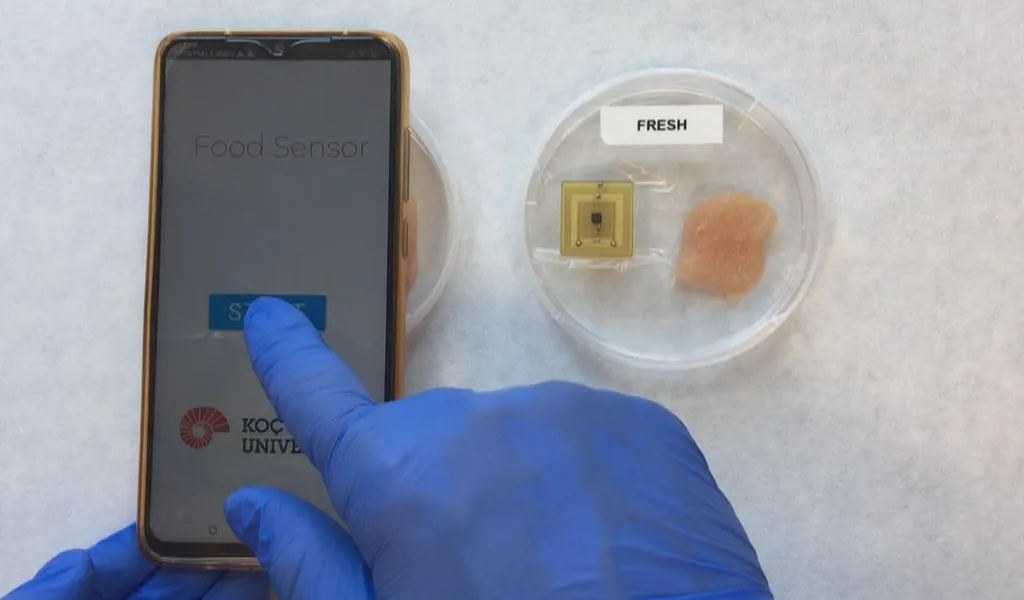In the heart of Türkiye, researchers are pioneering a technological revolution that could redefine food safety and agricultural monitoring. Sumeyra Savas, a leading figure from the Biosensors and Biotechnology Laboratory (BBL) at Bandırma Onyedi Eylül University, has spearheaded a review that highlights the transformative potential of smartphone-integrated electrochemical devices. These innovations promise to bring laboratory-grade contaminant detection to the field, offering a scalable, cost-effective solution for the global food industry.
The integration of microfluidic technologies with smartphone-based electrochemical platforms is a game-changer. These compact, portable systems can detect a wide range of food contaminants, from pesticides and heavy metals to pathogens and chemical additives. “Smartphones enhance these platforms by providing computational power, wireless connectivity, and high-resolution imaging,” explains Savas. This synergy allows for rapid, accurate on-site testing, significantly reducing reliance on traditional laboratories.
At the core of these devices are electrochemical biosensors, which convert biochemical reactions into electrical signals, ensuring highly sensitive and selective detection. Advanced nanomaterials and Internet of Things (IoT) technologies further amplify their performance, delivering user-friendly, cost-effective solutions that meet stringent regulatory standards. Techniques such as voltammetry, amperometry, and impedance spectroscopy enhance accuracy, even in complex food samples.
The commercial implications for the agricultural and food sectors are profound. These devices enable real-time monitoring at farms, markets, and processing facilities, ensuring food safety and quality while supporting sustainability efforts. “Low-cost engineering, artificial intelligence (AI), and nanotechnology are enhancing the sensitivity, affordability, and data analysis capabilities of these devices,” notes Savas. This advancement facilitates widespread deployment for on-site monitoring, addressing global food safety challenges head-on.
The research, published in the journal *Biosensors* (translated to English as “Biosensors”), underscores the potential of these technologies to revolutionize agricultural surveillance. By providing rapid, reliable, and portable detection, they support food quality, sustainability, and public health. As the world grapples with increasing food safety concerns, these innovations offer a beacon of hope, paving the way for a safer, more sustainable future.
The integration of smartphone technology with electrochemical sensors represents a significant leap forward in agricultural monitoring. As these devices become more sophisticated and widespread, they could redefine the landscape of food safety, ensuring that consumers worldwide have access to safe, high-quality food. The work of Sumeyra Savas and her team at Bandırma Onyedi Eylül University is a testament to the power of innovation in addressing global challenges, setting the stage for a future where technology and sustainability go hand in hand.

